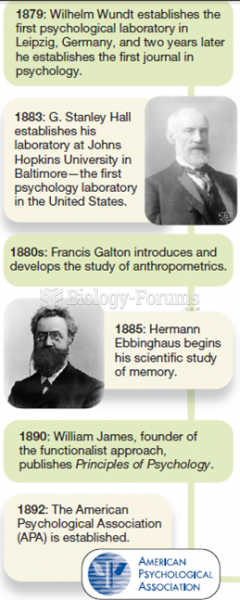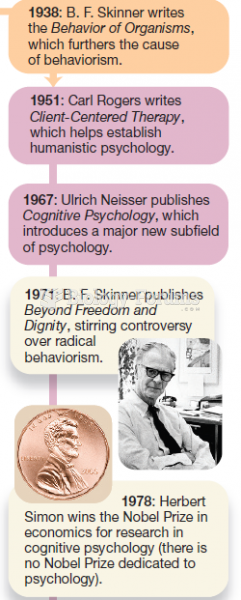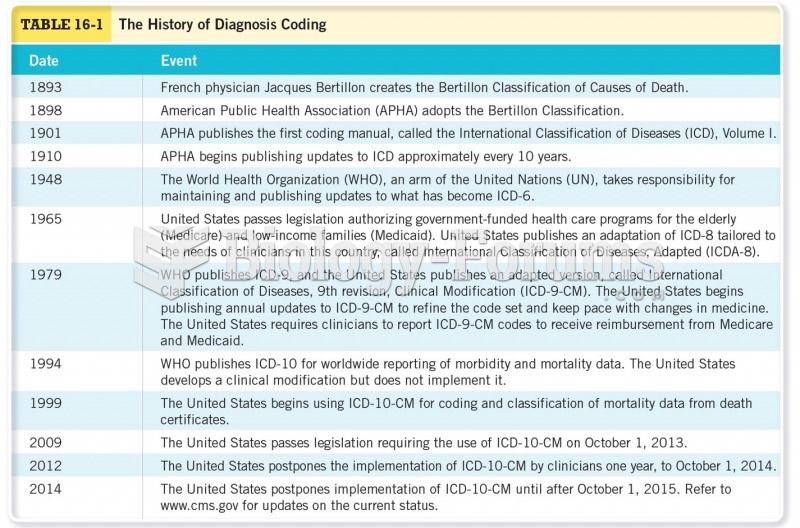Answer to Question 1
The waiver of Miranda rights by a juvenile is one of the most controversial legal issues addressed in the state courts.
It has also been the subject of federal constitutional review. In two cases, Fare v. Michael C. and California v. Prysock, the Supreme Court has attempted to clarify children's rights when they are interrogated by the police.
In Fare v. Michael C., the Court ruled that a child's asking to speak to his probation officer was not the equivalent of asking for an attorney; consequently, statements he made to the police absent legal counsel were admissible in court.
In California v. Prysock, the Court was asked to rule on the adequacy of a Miranda warning given to Randall Prysock, a youthful murder suspect. After reviewing the taped exchange between the police interrogator and the boy, the Court upheld Prysock's conviction when it ruled that even though the Miranda warning was given in slightly different language and out of exact context, its meaning was easily understandable, even to a juvenile.
Taken together, Fare and Prysock make it seem indisputable that juveniles are at least entitled to receive the same Miranda rights as adults. Miranda v. Arizona is a historic decision that continues to protect the rights of all suspects placed in custody.
Student views will vary.
Answer to Question 2
Most courts have held that the Fourth Amendment ban against unreasonable search and seizure applies to juveniles and that illegally seized evidence is inadmissible in a juvenile trial.
To exclude incriminating evidence, a juvenile's attorney makes a pretrial motion to suppress the evidence, the same procedure that is used in the adult criminal process.
In Arizona v. Gant (2009) the Court limited a police officer's ability to search a vehicle for evidence.
After Rodney Gant was arrested for driving with a suspended license, he was handcuffed and locked in the back of a patrol car. A police officer noticed a jacket on the backseat, searched the jacket, and found cocaine.
The Court ruled that police may search a vehicle incident to a recent occupant's arrest only if the arrestee is within reaching distance of the passenger compartment at the time of the search or it is reasonable to believe the vehicle contains evidence of the offense of arrest.
The search of Gant's jacket was deemed unreasonable since he could not gain access to it and the cocaine was therefore inadmissible at trial.
The Gant case is important because controlling a suspect after arrest is critical to police safety. Some officers may now sacrifice safety concerns in order to search suspects or their vehicles.
Student views will vary.







